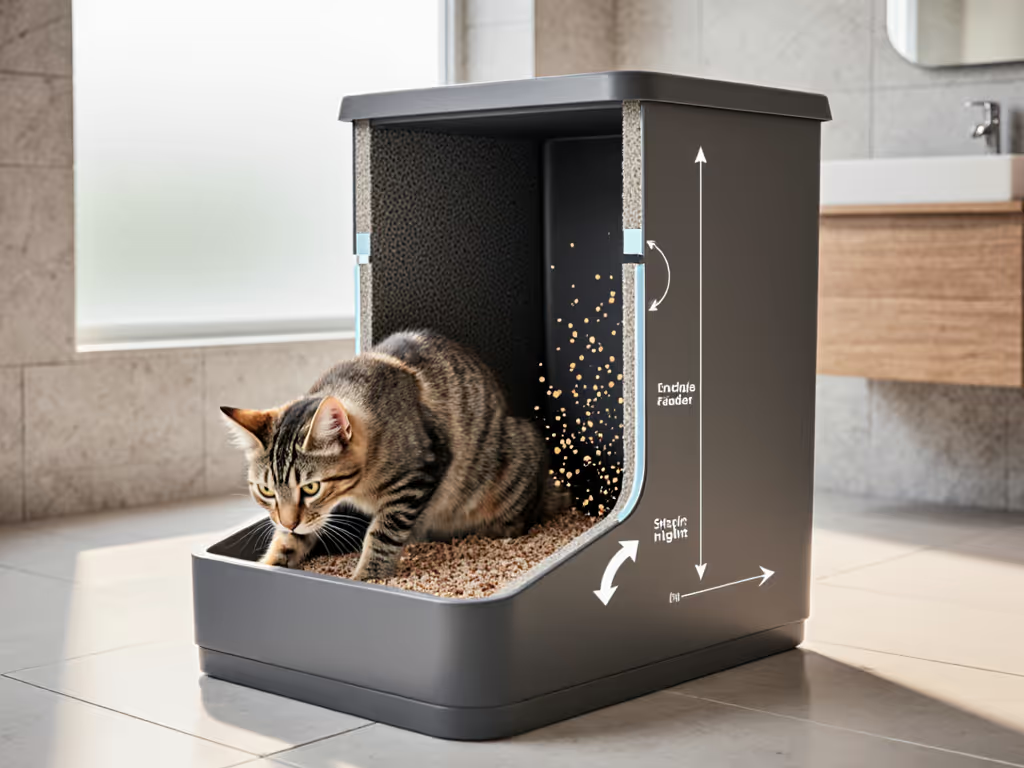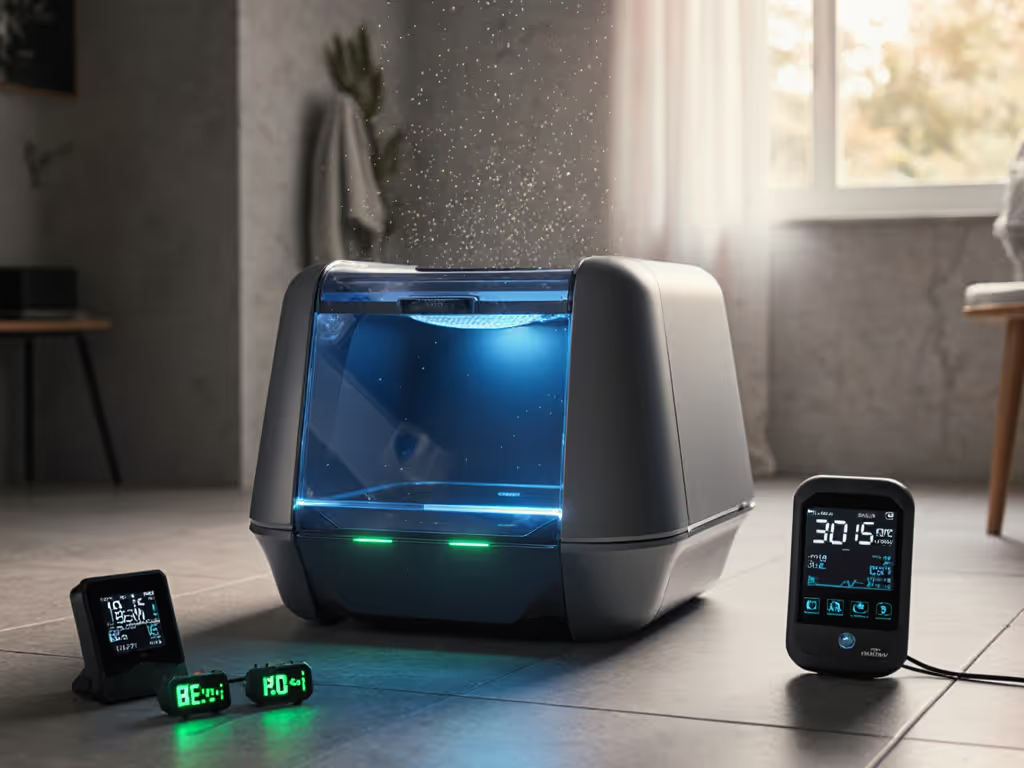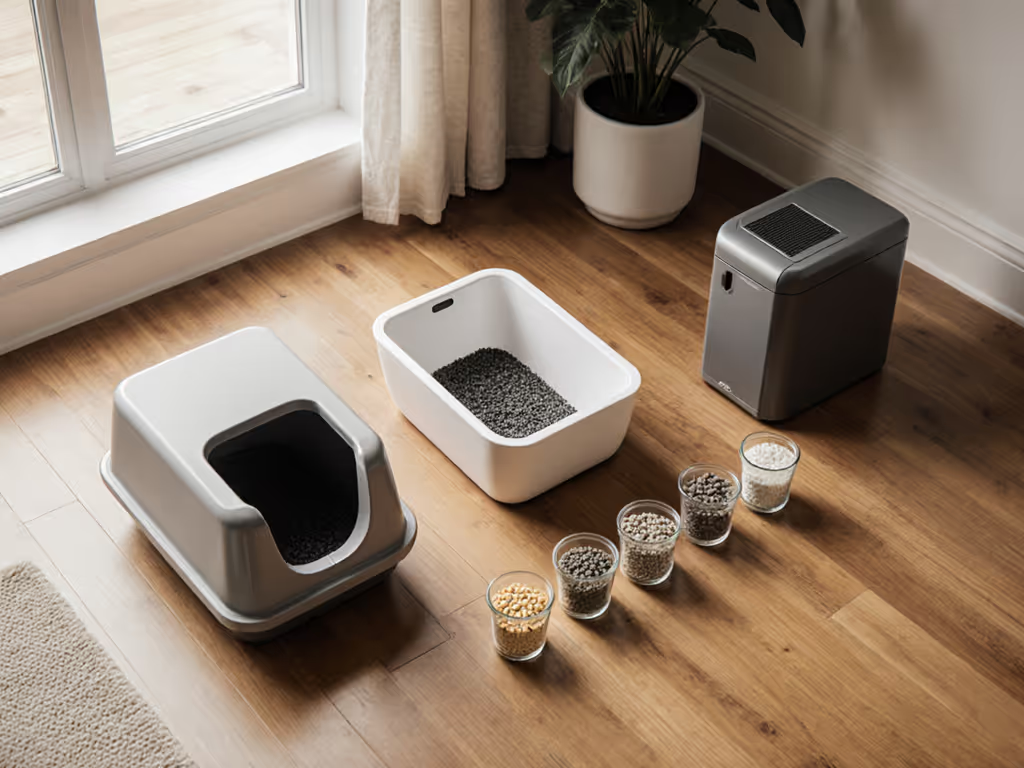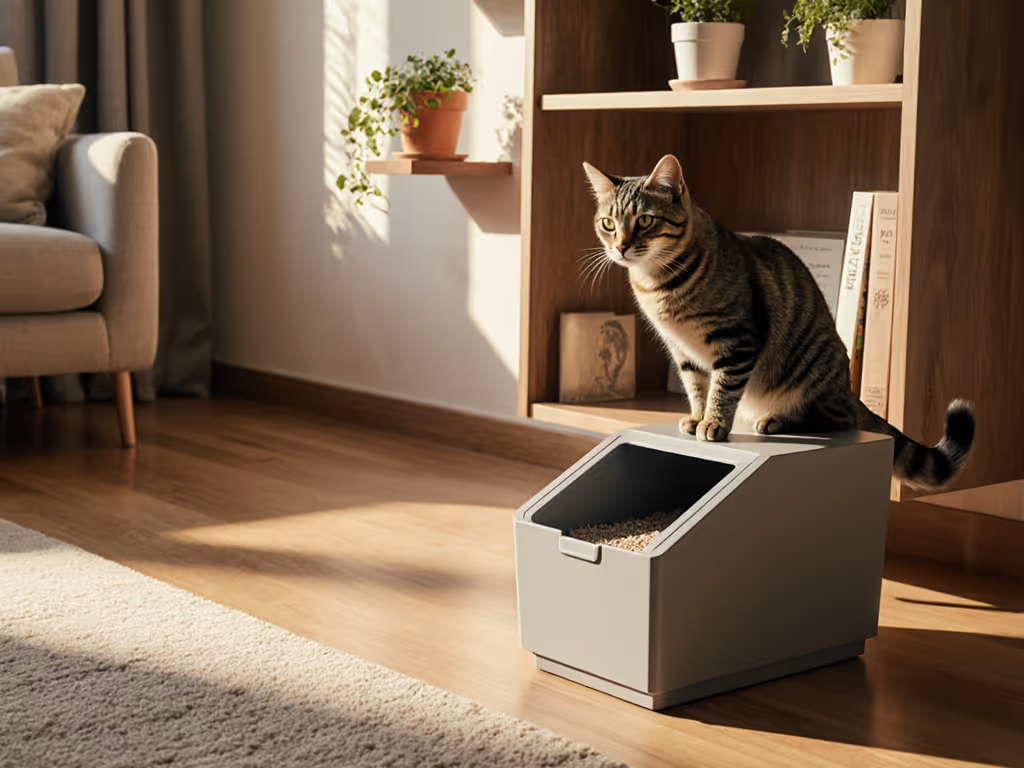
Design Choices & Accessory Comparisons
Side-by-side comparisons of litter box designs, automation trade-offs, special-needs adaptations, and accessories like litter mats.
Explore Other Topics
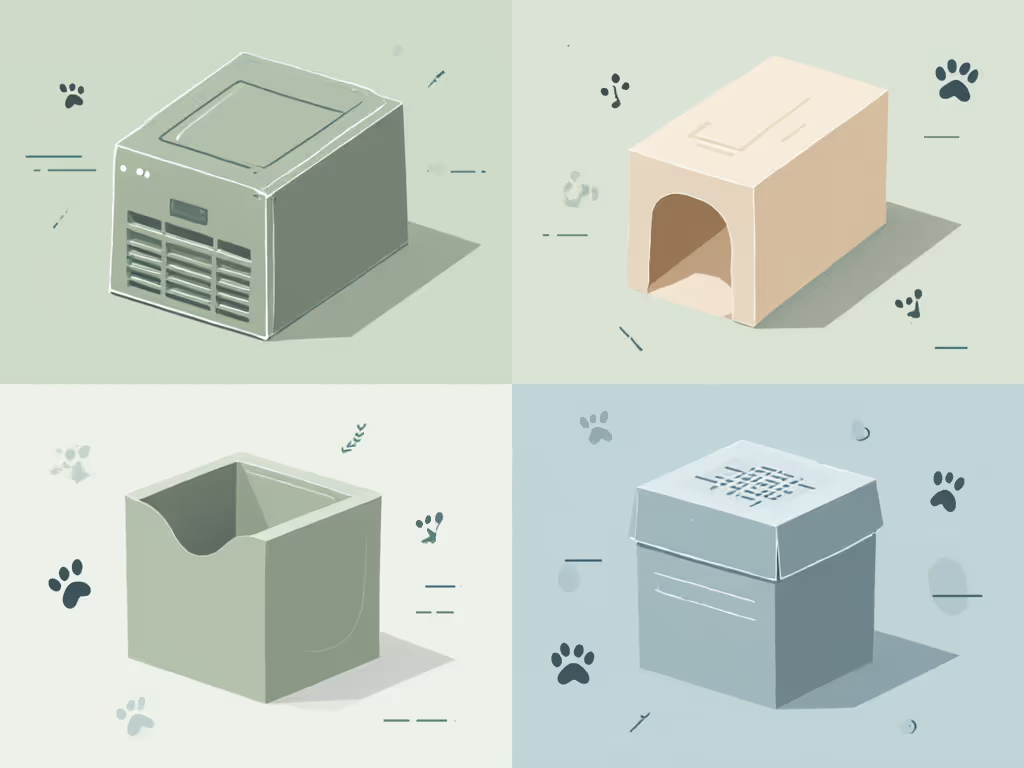
Best Litter Boxes by Need & Situation18 articles

Litter Materials, Dust & Eco Options5 articles
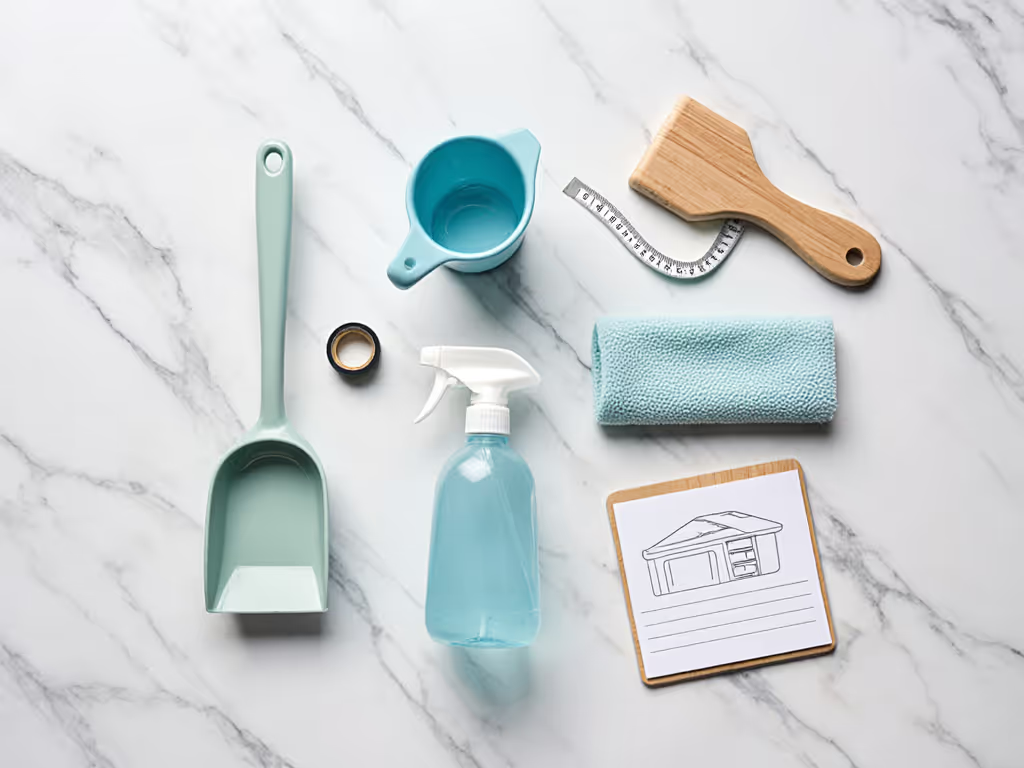
Setup, Placement & Maintenance Essentials10 articles


